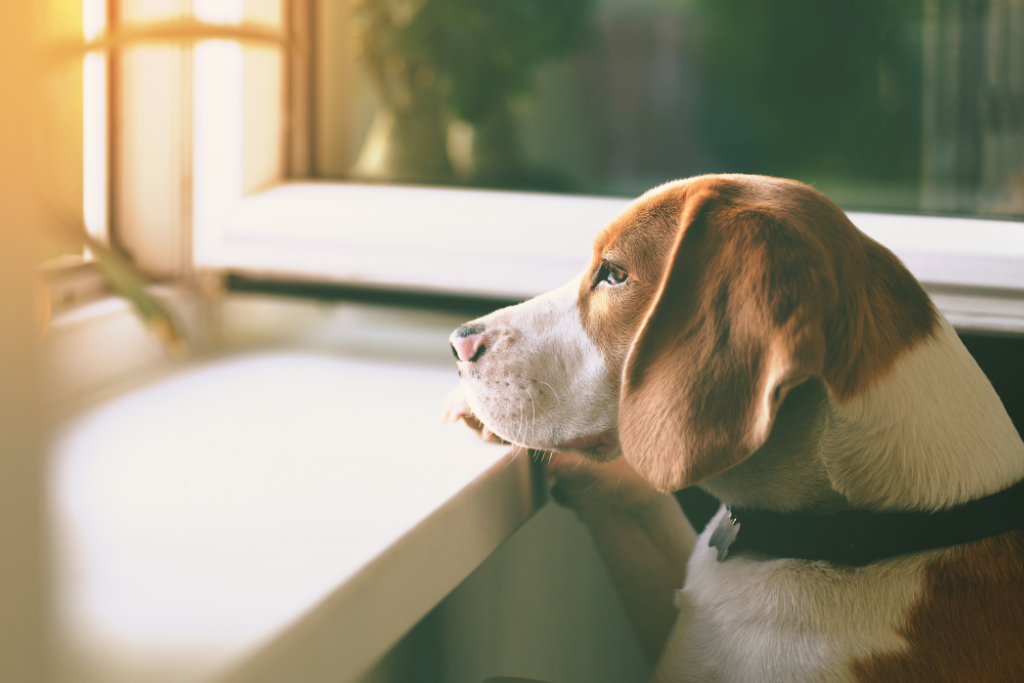
Tips To Minimize Your Dogs Separation Anxiety
18 August 2022 +Many dogs have gained separation anxiety after getting used to having their humans home with them more often over the past few years. Now that ...

Does your dog suffer from separation anxiety when you leave them? Separation anxiety is a behavioural disorder in dogs that have trouble dealing with the absence of their owners. It’s common in dogs who have had more than one home in their lives or when they are puppies. There are many ways to tell if your pet may be experiencing separation anxiety. A few common symptoms may include coming home to destroyed objects, attempts to escape, defecating either in your home or in their crate, excessive barking, crying, or coming home to wounds that they may have given themselves from biting. Check out our tips on helping your dog when you are out.
One helpful way to determine if you have an anxious pup is by filming them when your dog is home alone. This method will help you discover your dog’s home-alone habits. In consultation with your dog’s vet or behavioural expert, you could determine if your dog can be diagnosed with separation anxiety or help get to the root of the problem. Consulting with an expert is important, as your dog could show symptoms of other potential behavioural problems, not solely separation anxiety.
Here are a few FnN #ExpertAdvice tips that can help gradually reduce your dog’s separation anxiety.
Separation disorder happens more often than not when a dog has lived in more than one or other homes throughout their life or if you live alone with your dog. Unfortunately, there is no cure-all for the disorder, but there are actions you can take to help your dog stay calm when you are gone.
Separation anxiety is a behavioural disorder that should be taken seriously with dogs because it is a constant state of panic that could be affecting their overall general health. Consider consulting with an Expert or an animal health professional to find the right solution for your situation!
Store Manager, Bridgewater NS